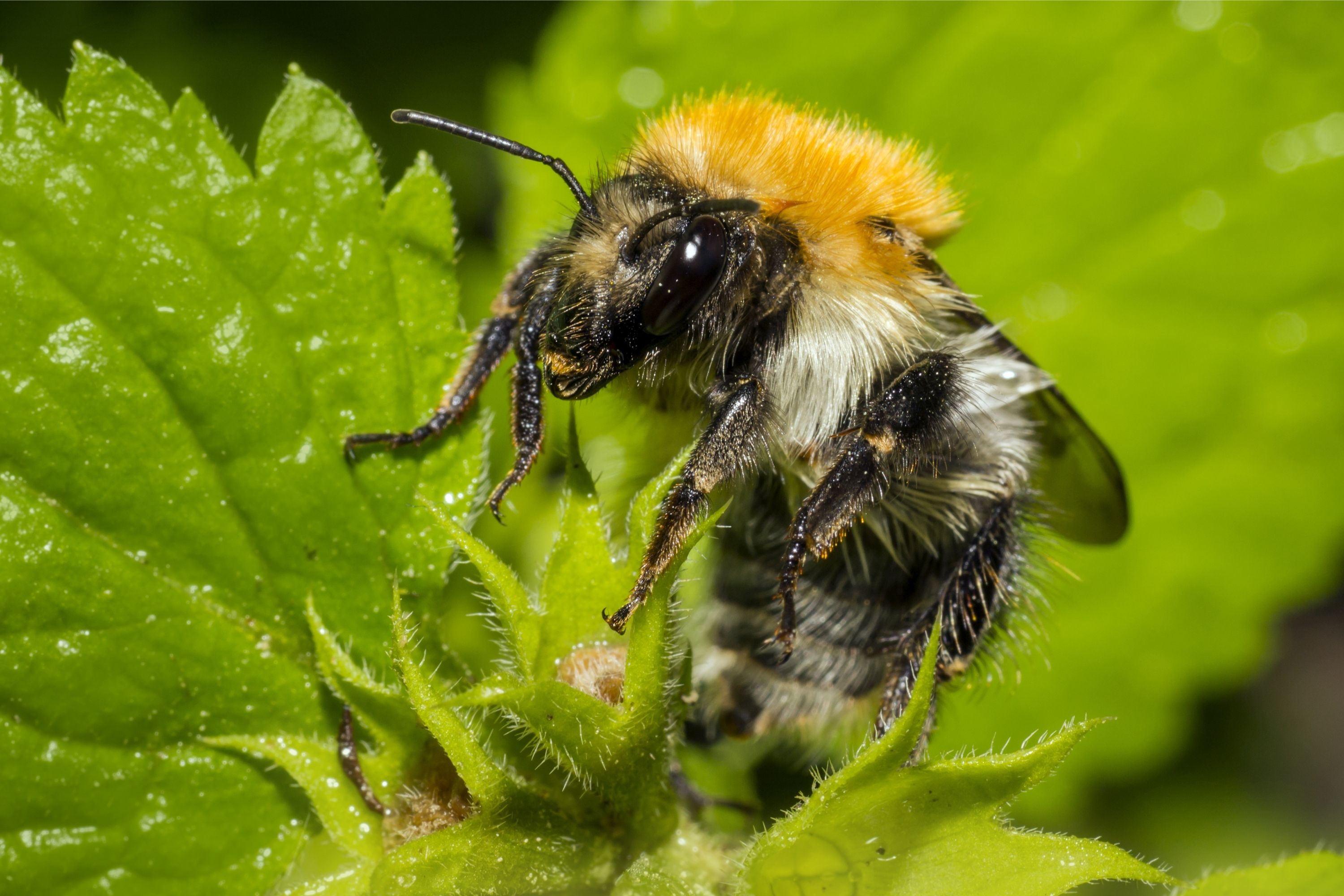White-tailed bumblebee
(Bombus lucorum)

Description
Bombus lucorum, the white-tailed bumblebee, is a species of bumblebee, widespread and common throughout Europe. This name has been widely used for a range of nearly identical-looking or cryptic species of bumblebees. In 1983, Scholl and Obrecht even coined the term Bombus lucorum complex to explain the three taxa (B. lucorum, Bombus magnus, and Bombus cryptarum) that cannot be easily differentiated from one another by their appearances. A recent review of all of these species worldwide has helped to clarify its distribution in Europe and northern Asia, almost to the Pacific. B. lucorum reaches the Barents Sea in the North. However, in southern Europe, although found in Greece it is an upland species with its distribution never quite reaching the Mediterranean. Compared to other bumblebee species, the individuals of B. lucorum have shorter tongues, and this characteristic enable them to rob nectar. The worker bee uses the horny sheath around its tongue to make a hole through the flower, reaching the nectar without entering the flower. Therefore, the worker bee does not come in contact with the pollen while getting the nectar. Bombus lucorum is part of the order Hymenoptera which consists of ants, bees, wasps, and sawflies, and the family Apidae which comprises bees. It is also part of the genus Bombus which consists of bumblebees, and the subgenus Bombus sensu stricto, which contains five species in Europe: B. terrestris, B. sporadicus, B. lucorum, B. magnus, and B. cryptarum. B. lucorum is closely related to B. terrestris, B. cryptarum, and B. magnus, with only few subtle differences in their morphologies. Bombus lucorum is a large bumblebee, with the queen having a length of 18–22 mm (0.71–0.87 in), a wingspan of around 36 mm (1.4 in), and a weight of 0.46-0.70 g. The workers are smaller than the queens, with a length of 12–18 mm and weight of 0.04-0.32 g. The males are 16-18mm in size and differ more in their appearance from the queens with their yellow noses and larger amounts of yellow hairs. The species has a short proboscis. The predominant color is black, with a pale yellow collar, a yellow band on the second tergite (abdominal segment), and a white tail. Both darker and paler forms exist. The males vary in color more than the females. The darker males are mostly found in northernmost Fennoscandia, southwestern Norway, and on the island of Gotland in the Baltic.
Taxonomic tree:







